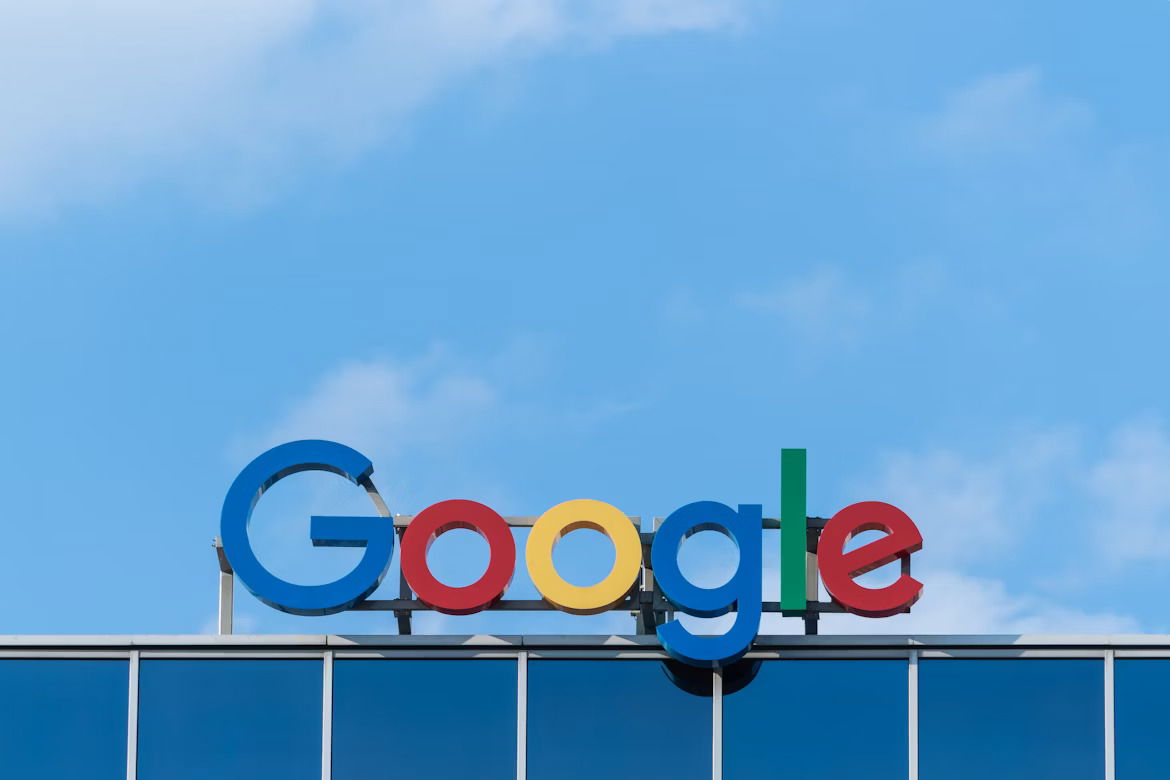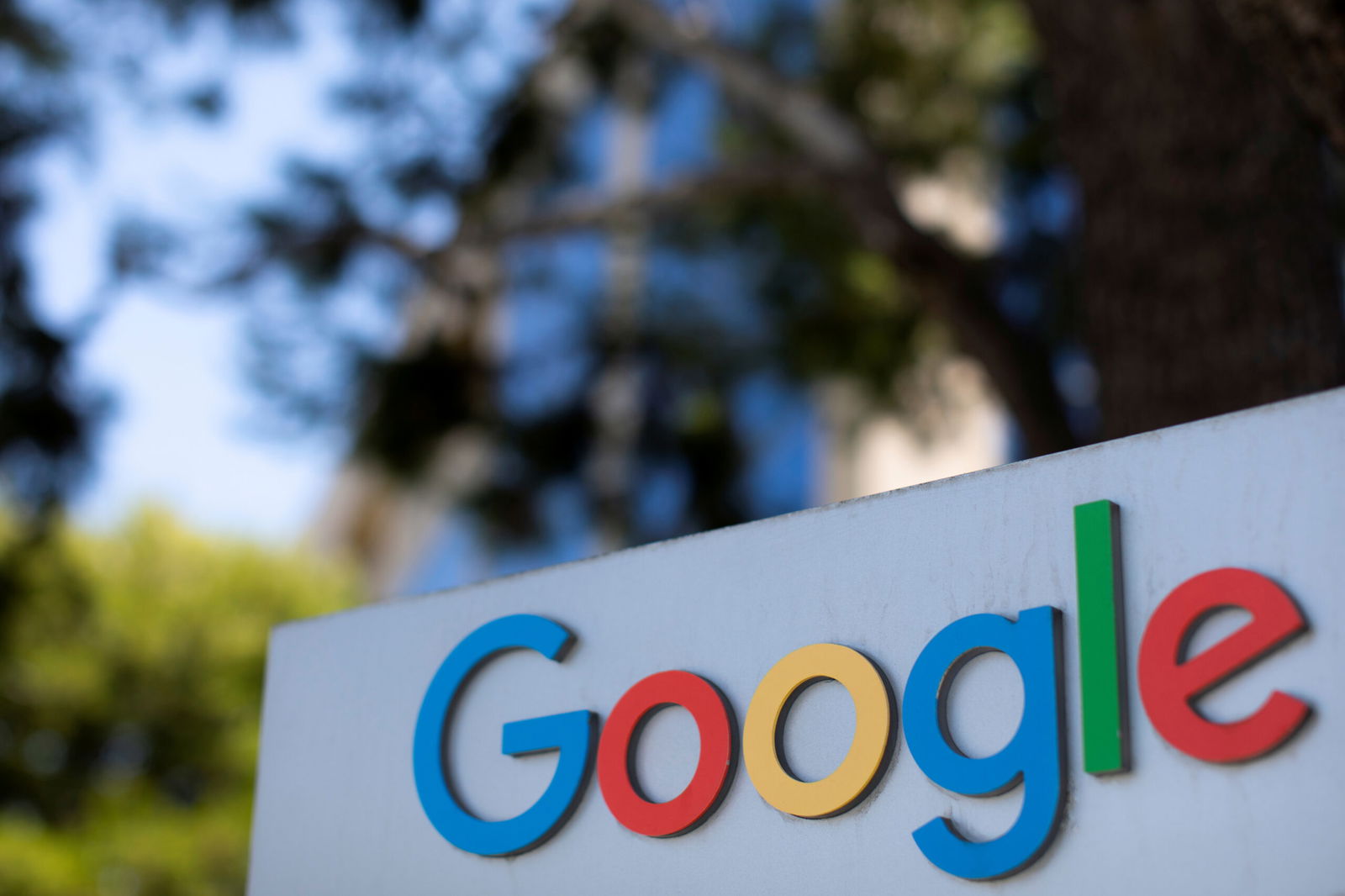So you’ve just started advertising on Google Ads.
But your ads aren’t coming up on the Google Search when you type in the high-intent keywords you’ve got in your keyword list… that’s odd.
Actually, it’s not.
Let me explain.
Although you might be targeting the perfect high-intent keywords, there are many other factors that directly play into how campaigns perform in the Google Ads auction & how they appear on the search result I’ll break down below.
Bidding Strategy
- There are many different bidding strategies that advertisers can use, based on their goals. We often use a Maximise Conversions strategy, which allows Google to find the people most likely to convert using smart bidding. This way, we are filtering out any low-intent users (these users might include yourself as you work on the brand and therefore aren’t seen as high-intent in Google’s eyes).
- On the other hand, a bidding strategy such as Maximise Clicks or Maximise Impression Share will show a bit more often on the search, and also have a lower cost per click, however, they won’t convert as often as a Maximise Conversions strategy.
Budget
- Due to Google Ads having a cost-per-click-based model, this means that sometimes brands can exhaust their budgets throughout the day and not show up in the auction. Eg. If a brand’s cost per click (CPC) is around $6, and their budget is $60 per day, that means they will only allow for 10 clicks to their landing page and after that, their ads will not show.
- To counter high CPCs in competitive industries, we often use conversion rate-optimised landing pages, which allows us to drive conversions at a healthy cost per conversion.
Competition
- Many industries on Google Ads are competitive, and you’ll be able to see how competitive your market is within the auction insights of each campaign. A business will be able to achieve first place in the bidding auction due to good ad rank and budget, which increases their impression share metrics.
- Impression share (IS) is extremely important to understand why your ads aren’t coming up all the time: eg. If your IS is at 38% this means your ads will appear only 38% of the time, so we won’t expect to see the ads every time we make a search.

Bringing all these points together, these are the reasons your visibility is limited within Google Ads. At the end of the day, the goal isn’t just to have your ads seen, it’s to drive meaningful results to your bottom line.
It’s natural to feel concerned when your ads don’t always appear but understanding how the Google Ads auction process works helps to alleviate these concerns. My biggest tips are to: focus on high-intent keywords, choose bidding strategies that prioritise conversions, create effective CRO landing pages, and work on improving your search lost to ad rank and budget metrics.
Do you need help with running Google Ads campaigns for your business? Contact us today to see how we can help your business take the next step in maximising its online presence.






